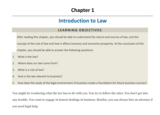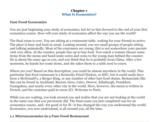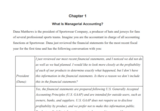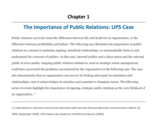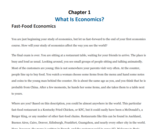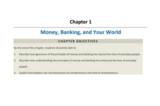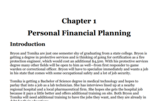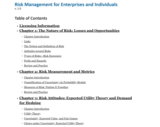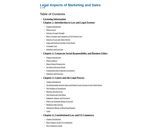
Legal Aspects of Marketing and Sales is an up-to-date textbook that covers legal issues that students who will work in marketing or with marketing managers must understand. The text is organized to permit instructors to tailor the materials to their particular approach. The authors take special care to engage students by relating law to everyday events with their clear, concise and readable style.
Table of Contents
Chapter 1: Introduction to Law and Legal Systems
Chapter 2: Corporate Social Responsibility and Business Ethics
Chapter 3: Courts and the Legal Process
Chapter 4: Constitutional Law and US Commerce
Chapter 5: Administrative Law
Chapter 6: Criminal Law
Chapter 7: Introduction to Tort Law
Chapter 8: Introduction to Contract Law
Chapter 9: The Agreement
Chapter 10: Real Assent
Chapter 11: Consideration
Chapter 12: Legality
Chapter 13: Form and Meaning
Chapter 14: Third-Party Rights
Chapter 15: Discharge of Obligations
Chapter 16: Remedies
Chapter 17: Introduction to Sales and Leases
Chapter 18: Title and Risk of Loss
Chapter 19: Performance and Remedies
Chapter 20: Products Liability
Chapter 21: Bailments and the Storage, Shipment, and Leasing of Goods
Chapter 22: Intellectual Property
Chapter 23: Antitrust Law
Chapter 24: Unfair Trade Practices and the Federal Trade Commission
- Subject:
- Business and Communication
- Marketing
- Material Type:
- Textbook
- Provider:
- The Saylor Foundation
- Provider Set:
- Saylor Textbooks
- Author:
- Daniel Warner
- Don Mayer
- George Siedel
- Jethro Lieberman
- Date Added:
- 04/24/2019

